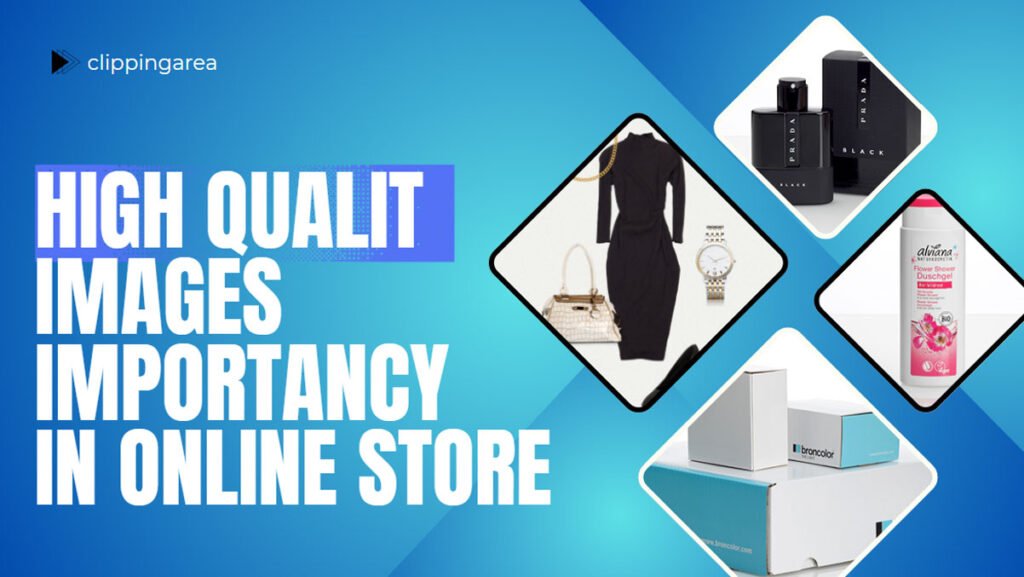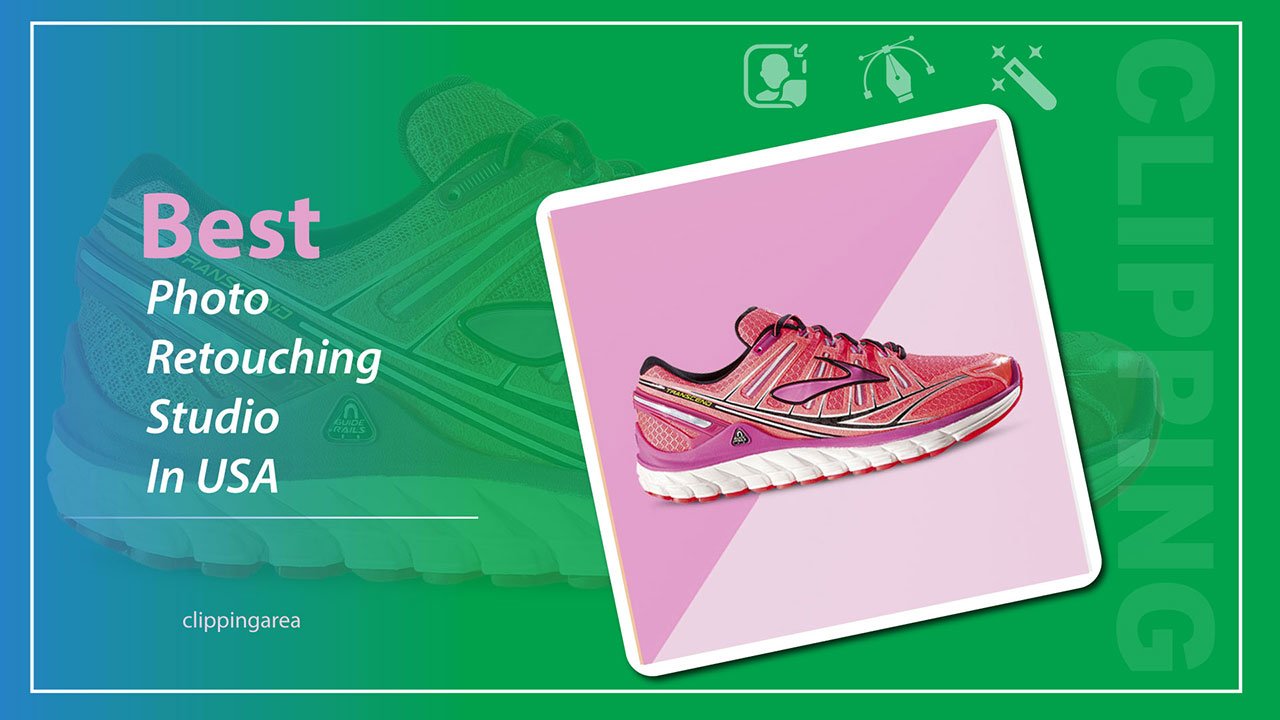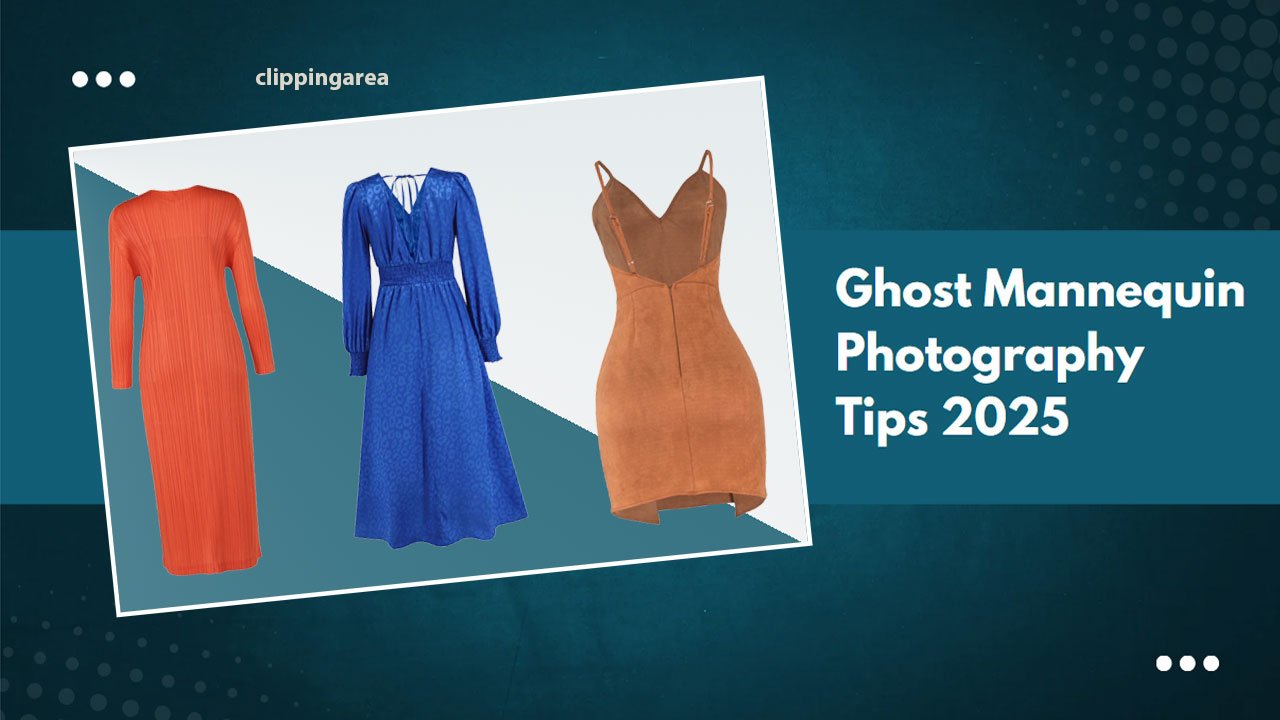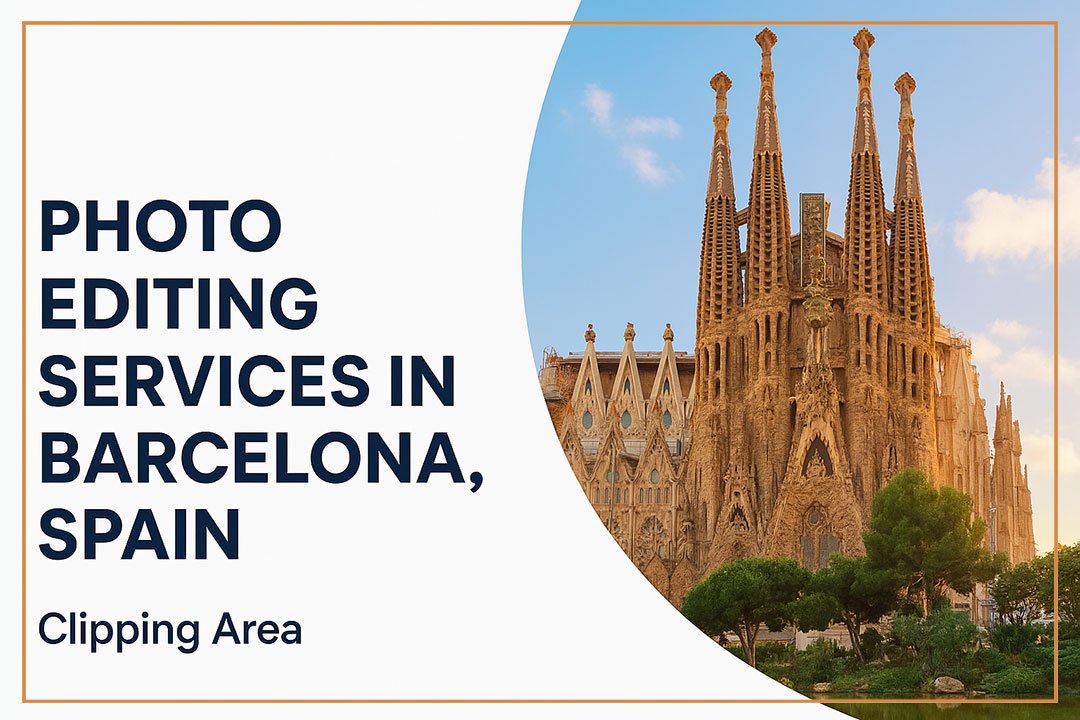In e-commerce, high-quality images are more than just visuals; they are key to driving sales and building trust. With customers unable to physically touch or try products, clear and detailed images become the deciding factor. This article explores why top-notch product images are essential for e-commerce success.
Boosting E-Commerce with High-Quality Images
When shopping online, customers can’t physically touch or try products. The only thing they have to judge the product is its image. High-quality images offer a clear view of the product, making it easier for customers to understand its details. This leads to better decision-making and higher chances of purchasing.
In e-commerce, first impressions are everything. A blurry or poorly lit image can make a product look unappealing, even if it’s excellent in real life. On the other hand, a high-quality image can catch a potential customer’s attention instantly and make them more likely to buy.
The Impact of High-Quality Product Images on E-Commerce Sales
Research shows that 93% of consumer decisions are influenced by visual content. This means that high-quality images directly affect your sales. When customers can clearly see what they are buying, they feel more confident. Clear images of products, especially from different angles, give customers a better understanding of the item.
For example, if you’re selling clothes, showing them from various angles (front, back, side) can help customers see the fit and design better. For tech gadgets, close-up images showing the details like buttons, ports, and screen clarity can help boost trust. This leads to higher engagement and increases the chances of a sale.
The Importance of High-Quality Images in E-Commerce
The quality of your images is a reflection of your brand’s trustworthiness. Poor-quality images can make customers question the quality of your products and your business. High-quality images, on the other hand, convey professionalism and reliability. This builds trust with your audience and encourages repeat purchases.
Imagine walking into a store with poorly lit displays or dirty glass windows. You’d likely walk out, right? The same applies to online shopping. If a product image doesn’t look clear or appealing, customers may assume the product itself is low-quality. In contrast, sharp, clear images make your products look more desirable and worth the investment.
Additionally, product images help customers visualize how the product fits into their lives. Whether it’s a piece of furniture in a living room or a pair of shoes for a night out, high-quality images help create an emotional connection. This connection can motivate customers to make a purchase.
Psychology of Visual Perception and Its Impact on Sales
Humans are naturally drawn to images. Studies show that people process visual information faster than text. In fact, our brains can process images 60,000 times faster than words. This is why high-quality images are so important in e-commerce.
When customers see a high-quality image, their brain quickly forms an opinion about the product. A clear, vibrant image triggers positive emotions, while a blurry or low-quality image may cause doubt. The psychology of visual perception plays a key role in how consumers make decisions.
Additionally, high-quality images can help your products stand out in a crowded online marketplace. With millions of products online, a visually appealing product will catch the attention of shoppers and make them more likely to choose your product over others. This psychological impact is a powerful tool in driving sales.
Image Optimization for E-Commerce Sites
While high-quality images are important, optimization is just as crucial. Large image files can slow down your website, leading to a poor user experience. Slow load times can cause potential customers to abandon their shopping carts, resulting in lost sales. So, it’s important to strike the right balance between image quality and file size.
Here are a few tips to optimize your images:
-
Use the Right File Format: JPEG is great for product images because it offers a good balance of quality and file size. PNG is ideal for images with transparent backgrounds.
-
Resize Images: Large images take longer to load. Resize your images to the recommended dimensions for your e-commerce platform. This ensures faster load times without sacrificing quality.
-
Compress Images: Use image compression tools to reduce file sizes without losing image quality. Tools like TinyPNG or ImageOptim can help with this.
-
Alt Text: Adding alt text to images helps with SEO and makes your site more accessible to people with disabilities. Descriptive alt text can also help improve search engine rankings.
-
Responsive Design: Make sure your images are mobile-friendly. More and more people are shopping on their phones, so your images should adjust to different screen sizes and load quickly.
Conclusion
High-quality images are essential for e-commerce success. They build trust, influence purchasing decisions, and improve user experience. By showcasing your products in the best light possible, you increase the chances of making a sale. Additionally, optimizing your images for faster load times ensures that customers have a smooth shopping experience.
In today’s competitive online market, investing in high-quality product images and optimizing them for speed can give you a significant edge. Make sure your product images are clear, professional, and engaging to create a lasting impression on your customers.




